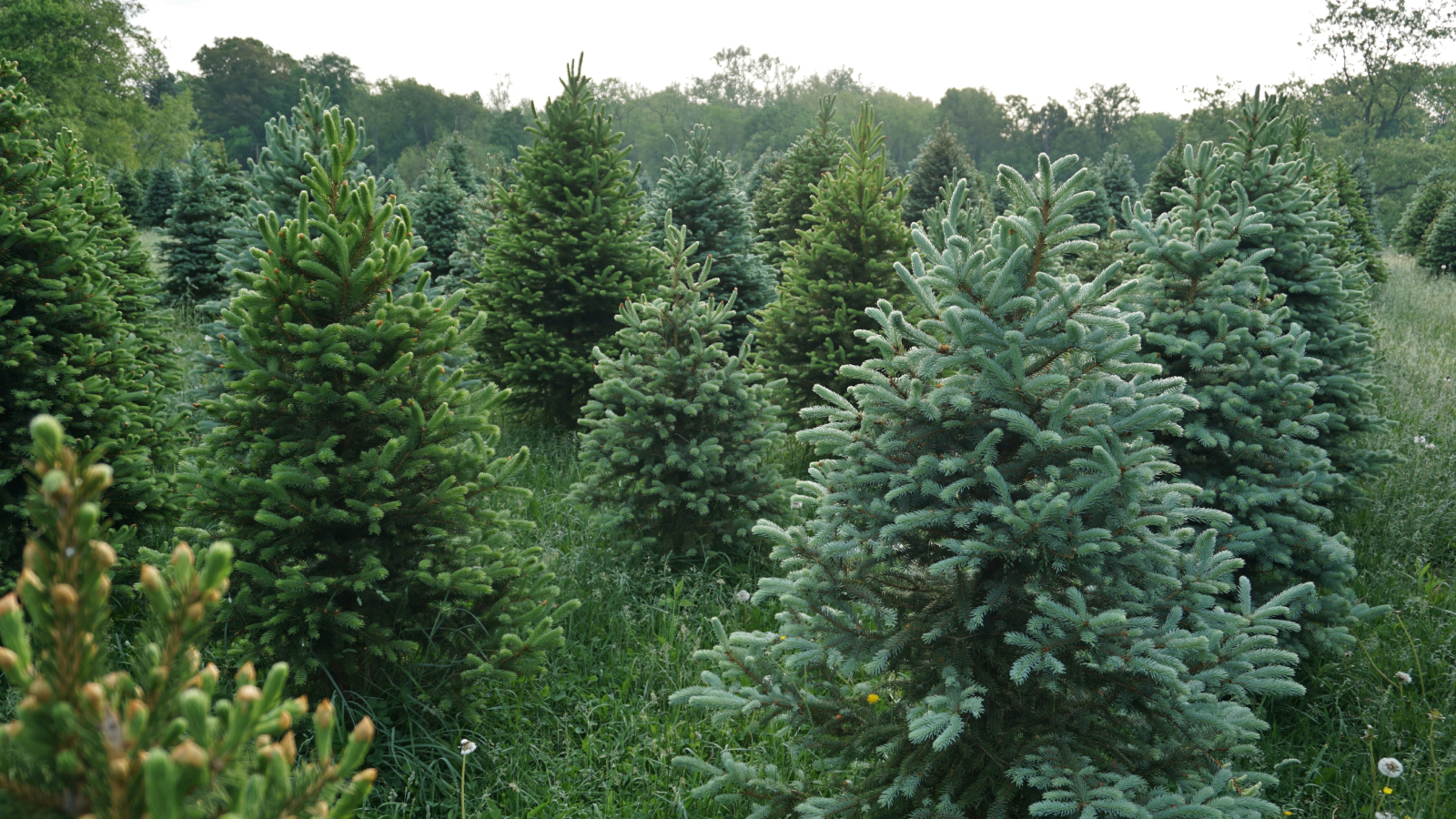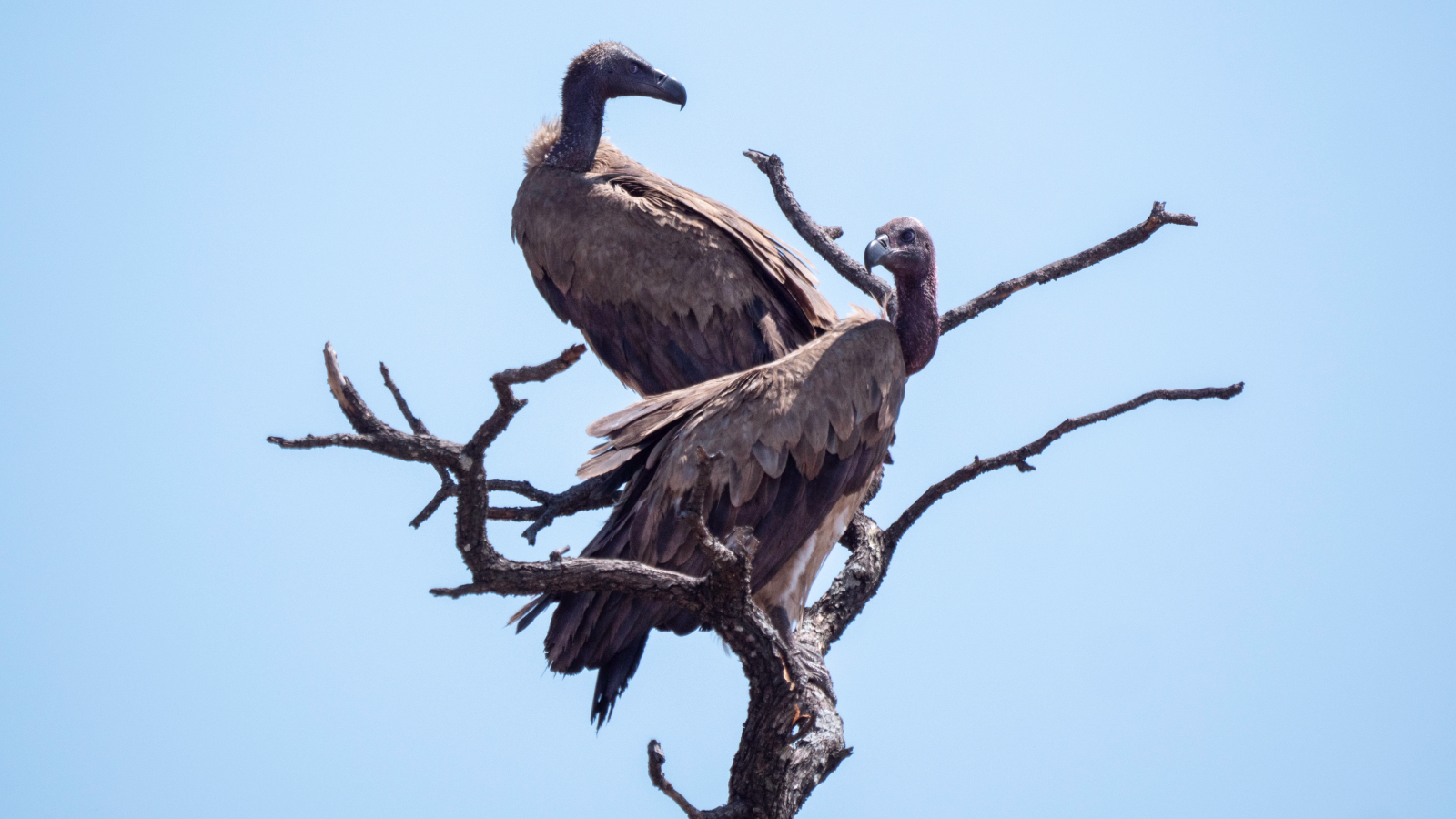Scientists discover gold nanoparticles hidden in spruce tree needles
Spruce tree needles contain tiny gold particles — and they could indicate large gold deposits beneath the surface.

When Burl Ives sang "Silver and gold decorations, on every Christmas tree" in "Rudolph the Red-nosed Reindeer," he surely didn't know that Christmas trees actually have gold inside their needles — but that's exactly what new research has found.
A study published Aug. 28 in the journal Environmental Microbiome reports that Norway spruce trees (Picea abies) concentrate gold nanoparticles with the help of their resident bacteria.
"Our results suggest that bacteria and other microbes living inside plants may influence the accumulation of gold in trees," lead study author Kaisa Lehosmaa, an ecologist at the University of Oulu in Finland, said in a statement.
These resident bacteria are known as endophytes — symbiotic microorganisms that facilitate hormone production and nutrient absorption, among other functions. In the spruce trees, these bacteria segregate soluble gold particles that the trees take up in water through their roots.
The process is a form of biomineralization, in which living things control the formation of minerals in their tissues through a wide array of processes. In this case, the endophytes likely concentrated the particles to reduce their toxicity.
Striking gold
For the study, the researchers investigated spruce trees near the Kittilä mine in northern Finland — the largest producer of gold in Europe. The researchers examined 138 needle samples from 23 spruce trees. Needles from four of the trees contained gold nanoparticles.
The nanoparticles were surrounded by biofilms created by bacterial genera such as P3OB-42, Cutibacterium and Corynebacterium. These films are polysaccharide (complex sugars) and protein compounds secreted by the bacteria that allow them to persist within the plant tissues.
Get the world’s most fascinating discoveries delivered straight to your inbox.
The close association between the nanoparticles and bacterial biofilms indicated that the bacteria were likely responsible for isolating the mineral. The diversity of bacterial species was lower in needles that contained gold; other studies of plants with high concentrations of metals in their tissues have also found decreased microbial biodiversity.
No one will be making a fortune by cutting down spruces to distill the tiny amounts of gold in their needles — the particles measure a mere millionth of a millimeter. However, the trees' uptake of the valuable mineral by the trees may be a useful indicator of gold deposits under the surface.
"Screening for such bacteria in plant leaves may facilitate gold exploration," Lehosmaa said.

Richard Pallardy is a freelance science writer based in Chicago. He has written for such publications as National Geographic, Science Magazine, New Scientist, and Discover Magazine.
You must confirm your public display name before commenting
Please logout and then login again, you will then be prompted to enter your display name.
